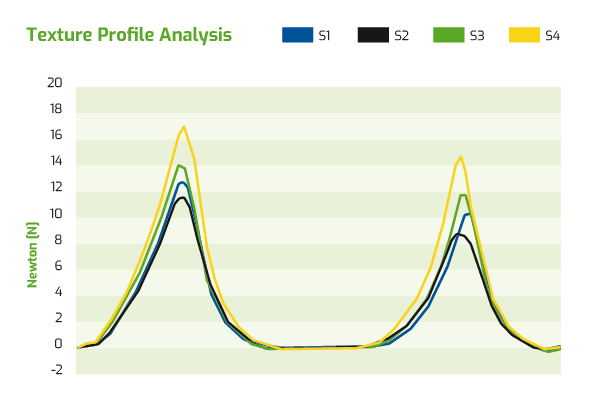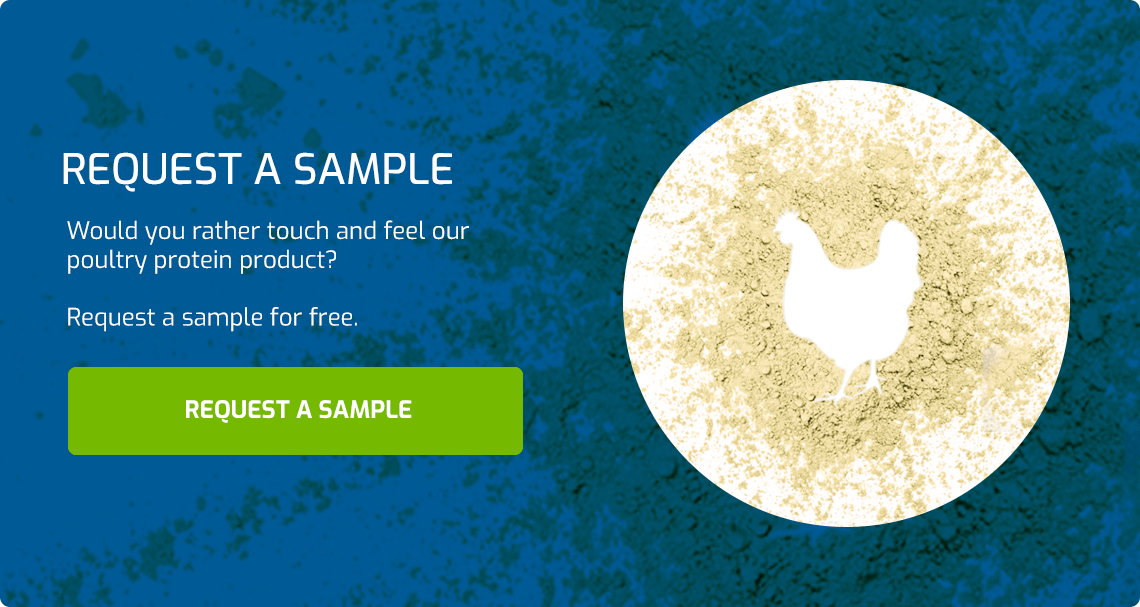- +31(0)499-364-820
- News & Blogs
-
EnglishEN
-
Here, we look at lab-based test results for a real-life picture of the effect of poultry proteins
The overall sensory characteristics of a food product (taste, texture, and overall flavor) is what makes or breaks the item and how successful it is among consumers.
So how do you up the taste and texture ante of a poultry product? Well, to improve both the taste and texture of a chicken or turkey product, a leading (high-quality) solution is functional poultry protein.
Here, we break down specifically how this poultry protein QBind Chicken FPP C and QBind Turkey FPP T (easily) improve taste and texture in a poultry meat product.
Adding chicken or turkey protein to a poultry product enhances taste and flavor
Functional chicken or turkey proteins are an excellent choice for nearly any poultry meat product—from reformed hams and nuggets, to sausages and hamburgers, minced meat products, and even liver pate. Including Sonac’s QBind Chicken FPP C or QBind Turkey FPP T is an easy way to deepen flavor, and make a chicken or turkey end product that much richer tasting.
But what makes adding FPP C or FPP T so tasty? Well, both proteins are made from cooked chicken and turkey skin—and when these elements are cooked, a maillard reaction happens, and the browning creates flavor.
There’s another reason why FPP C and FPP T, specifically, are so flavorful: both are extremely rich in glutamic acid, which is a significant flavor enhancer.
Read more about the taste benefits of using functional chicken and turkey proteins here
Using chicken or turkey protein adds satisfying texture to a poultry meat product
Including QBind FPP C or QBind FPP T in a poultry meat product gives the end product an ideal texture.
In a raw product—such as a sausage—the collagen helps hold in water so that the meat dough stays firm. That’s beneficial because adding FPP C to your chicken product or FPP T to your turkey product almost-instantly upgrades the poultry product from a texture that you can break with your tongue, and not many teeth (think: soy protein) to one that’s meaty and requires actual chewing.

In the above figure, “Newton” is the force needed to cut the chicken sausage. And “S2” is the sausage that contains isolated soy protein, and no FPP C: it requires the least amount of force.
“S4” contains the most formulated chicken protein at 1.5% and it required the most effort to cut.
How does functional poultry protein make a meat product so toothsome? FPP C and FPP T bind the meat matrix together and that’s what provides structure, yet also holds onto water and includes collagen so the eater still gets a juicy bite every time. Learn more about the texture-enhancing benefits of poultry protein here.
Test the FPP C and FPP T protein by yourself; request a sample
Adding functional chicken protein or functional turkey protein to your poultry product formulation enhances both production of the end product and also quality. Learn more about how QBind FPP C and QBind FPP T can elevate your poultry products here.
Read more about QBind Chicken FPP C here, and QBind Turkey FPP T here. Or download our leaflets.
Would you like to request a sample and test these proteins? You can fill out a request here and a product specialist from Sonac will arrange for a sample to be sent.
